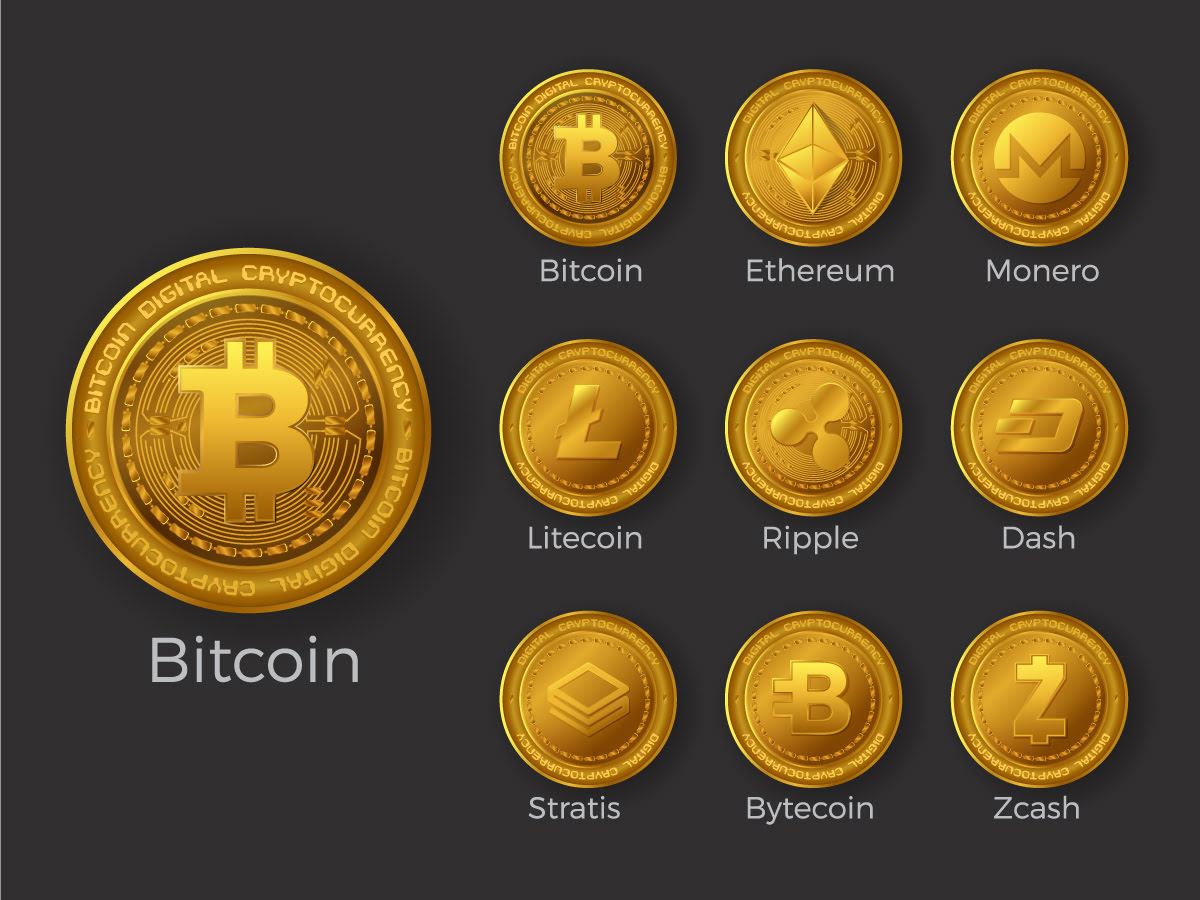Market cap of all cryptocurrencies
Digital card company Marqeta has tapped artificial intelligence in designing services that aid its buy now, pay later customers in choosing the right loan or installment plan, said Fouzi Husaini, who is the Oakland, California-based company’s chief artificial intelligence officer https://prabhuweb.com.
As we approach 2025, the landscape of payment trends is evolving at an unprecedented pace. With the rise of technology and changing consumer behaviors, businesses must stay ahead of these payment trends to remain competitive. In this article, we’ll explore the key payment methods that are set to dominate in 2025.
There are use cases where cards make perfect sense. But there are also moments, especially for larger ticket purchases or recurring payments, where direct bank transfers or account-based payments create more value.
“The CFPB will probably be made to scale back some of its efforts,” predicted Bill Maurer, the director of the University of California Irvine’s Institute for Money, Technology and Financial Inclusion. The professor expects to see some aspects of the payments industry change as new Trump regulators segue to more lenient measures. “ will be unleashed, and probably move to other sectors besides retail,” he said.

Are all cryptocurrencies the same
The lack of decentralization in digital currencies creates issues with their transparency. The major difference between digital currency and cryptocurrency suggests that the details of digital currencies are under the control of the service providers, senders, receivers, and banking authorities. Therefore, conflicts in the domain of digital currencies require the intervention of law and bureaucracy.
The crypto market is huge, and it follows different rules, but it doesn’t mean it’s the same for all the cryptocurrencies available on it. When we talk about it, the first thing that crosses our minds is Bitcoin and its huge role in the world. It was the first virtual currency launched more than a decade ago, so it’s understandable that people recognize it the most, and it’s possible that most of them can’t name more than two currencies. But, there is a lot more than that – according to many sources, the total number of digital money is 6,955, but some of them failed and aren’t active right now. Another source says that the complete number is around 5,000 and that’s really a lot, knowing that we only recognize barely 10 of them.
All of these currencies have a lot of similarities, but at the same time, they are all different. But, what are the main differences? How can we say which currency is better than the other? Is it possible to know how all of them work? Let’s see those differences in this article:

The lack of decentralization in digital currencies creates issues with their transparency. The major difference between digital currency and cryptocurrency suggests that the details of digital currencies are under the control of the service providers, senders, receivers, and banking authorities. Therefore, conflicts in the domain of digital currencies require the intervention of law and bureaucracy.
The crypto market is huge, and it follows different rules, but it doesn’t mean it’s the same for all the cryptocurrencies available on it. When we talk about it, the first thing that crosses our minds is Bitcoin and its huge role in the world. It was the first virtual currency launched more than a decade ago, so it’s understandable that people recognize it the most, and it’s possible that most of them can’t name more than two currencies. But, there is a lot more than that – according to many sources, the total number of digital money is 6,955, but some of them failed and aren’t active right now. Another source says that the complete number is around 5,000 and that’s really a lot, knowing that we only recognize barely 10 of them.
Do all cryptocurrencies use blockchain
Ah, the age-old debate: tokens versus coins. They’re the bread and butter of the crypto world, yet they’re as different as chalk and cheese. Let’s unravel this digital enigma with a mix of narrative and tables for that extra clarity.
When discussing crypto vs blockchain, it’s essential to understand the foundational elements of blockchain. Data is stored in “blocks,” which are cryptographically linked together. The system is decentralized, meaning no single entity has control. Instead, it’s a collective effort. The data is not just irreversible but also transparent, adding another layer of security.
Understanding the difference between blockchain and crypto is essential for navigating the digital economy. Blockchain is transforming industries, while cryptocurrency remains a major innovation in finance.
Tokens can exist on several blockchains at the same time. Here’s how to move cryptocurrency from one network to another. Many cryptocurrency tokens simultaneously reside on more than one blockchain. Sometimes, users want to migrate assets between chains to perform a transaction available only on specific chains.

